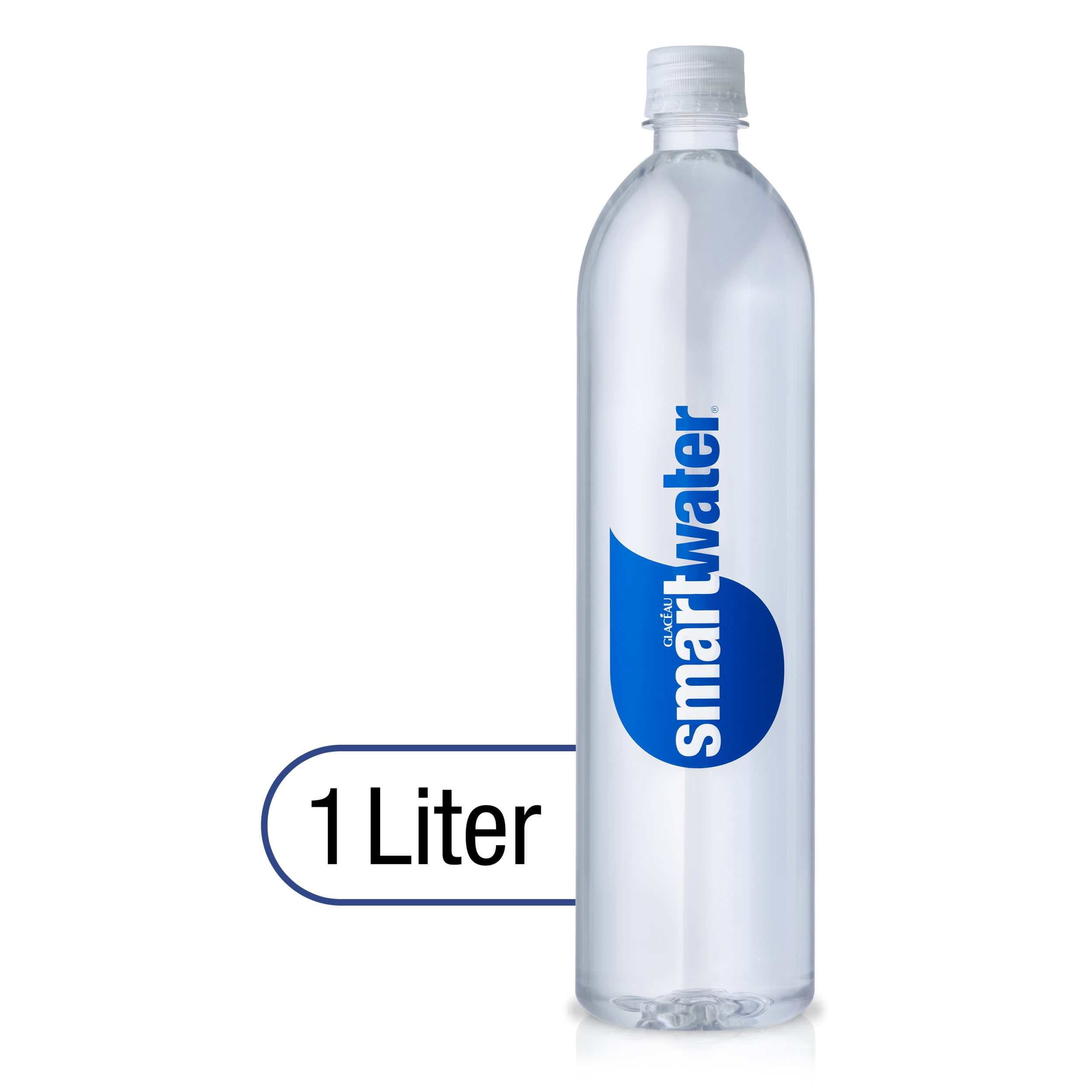



Plastisol is a flowed-in compound, usually a dispersion of PVC resins in plasticizers. Plastisol is the standard lining material used in metal closures for vacuum packing glass bottles and jars. F217 liners have excellent chemical resistance and a low moisture transmission rate. F217 has become the industry standard due to its all-purpose compatibility, resilient, compressible seal, cleanliness (no pulp dust) and economy. F-217 is a soft polyethylene foam core covered on top and bottom with solid, clear polyethylene supplied in 0.050-inch thickness. He was awarded patent US 130208 A on August 6, 1872.Ĭlosure lining materials Foamed polyethylene (F217) Ĭommonly used with plastic screw caps. A glass bottle/jar with an internal screw-thread immediately below a gasket-seat, having a beveled seat, was patented by Hyman (Himan) Frank of the William Frank & Sons, Inc. Screw caps were originally an internal thread design. They are often found on top of beers, such as Coors or Bud Light. Closures must be applied tight enough to maintain a seal and to resist closure back-off, but must not be applied so tightly that the end user cannot remove the closure. The application torque of closures, however, must be controlled in order for the closures to perform properly in the field. They are easy to apply by a wide variety of automated equipment, or they can be applied by hand. Players have to count stones and holes and try to anticipate two to three or more moves ahead while the opposing player(s) try to thwart, pre-empt or evade their opponents’ next possible moves.Screw on closures are the most common bottle caps. This is when serious mathematical strategy comes to play. Normally, after five or six initial, relatively routine, harmless plays, they can now begin to score on each other. The stones are always and without exception moved from left to right. The player then says aloud, ‘ Chenti!’ This signifies that the player has finished their play and prompts the opposing player(s) to take their turn.

They only stop when they land with one stone in an empty hole. Wherever the player lands with the last stone, they will then pick up all the stones in that hole and continue to distribute them again, starting from the next hole. The player can then pick up any two stones from any of his holes and drop one in each hole. The two sides flip a coin to determine who starts. According to Mtembo, a traditional games writer, nsolo is played as follows: “Two stones are placed in each of the outside rows at the beginning of the game.


 0 kommentar(er)
0 kommentar(er)
